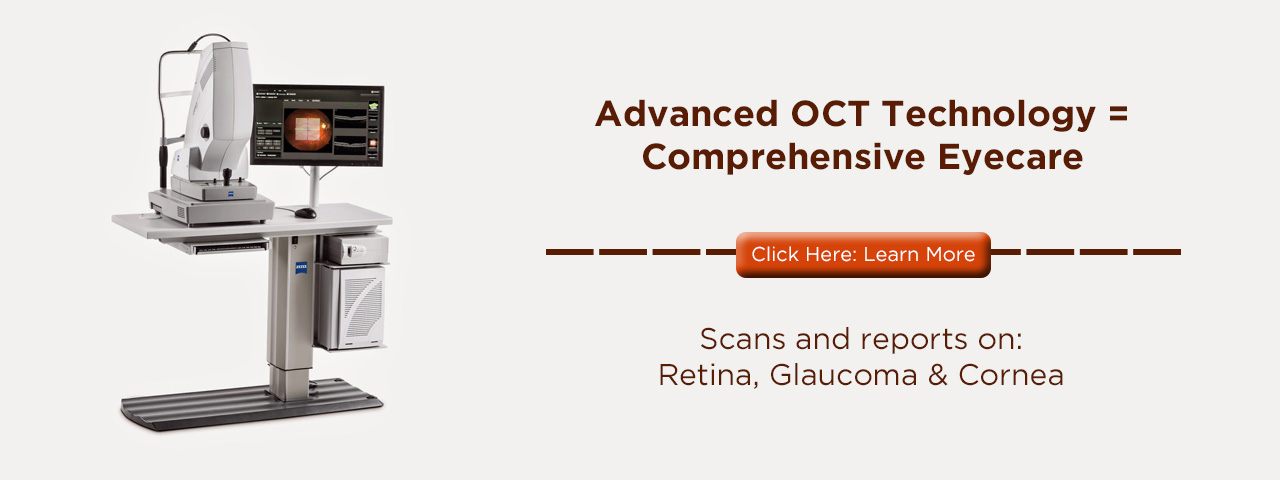The cornea that surrounds your iris and pupil is, under perfect circumstances, round. As light hits the eye from all angles, part of the job of your cornea is to help project that light, directing it to the retina, right in the back of your eye. But what happens if the cornea isn't exactly spherical? The eye is not able to project the light properly on a single focal point on your retina's surface, and will blur your vision. This condition is called astigmatism.
Many individuals have astigmatism and the condition frequently accompanies other refractive problems that require vision correction. Astigmatism oftentimes occurs early in life and can cause eye fatigue, painful headaches and the tendency to squint when untreated. With kids, it may cause challenges in the classroom, particularly with highly visual skills such as reading or writing. Anyone who works with fine details or at a computer for excessive lengths of time might experience more difficulty with astigmatism.
Astigmatism can be detected by a routine eye exam with an eye care professional and afterwards fully diagnosed with an automated refraction or a retinoscopy test, which checks the amount of astigmatism. The condition is easily tended to by contact lenses or glasses, for those who prefer a non-invasive procedure, or refractive surgery, which changes how that light enters the eye, allowing your retina to receive the light correctly.
Toric lenses are commonly prescribed for astigmatism because they permit the light to curve more in one direction than another. Standard contact lenses generally shift when you blink. With astigmatism, the most subtle movement can cause blurred sight. After you blink, toric lenses return to the same place on your eye to avoid this problem. Toric contact lenses can be found as soft or rigid lenses.
Astigmatism may also be fixed by laser surgery, or by orthokeratology (Ortho-K), a non-surgical procedure that involves the use of hard lenses to gradually change the shape of the cornea over night. You should explore options with your optometrist in order to decide what the best choice is for your needs.
Astigmatism changes over time, so make sure that you are periodically visiting your eye care professional for a comprehensive test. Additionally, be sure that you have your children's eyes checked before they begin school. The majority of your child's education (and playing) is predominantly visual. You'll help your child get the most of his or her schooling with a comprehensive eye exam, which will help pick up any visual abnormalities before they impact academics, athletics, or other extra-curricular activities.

